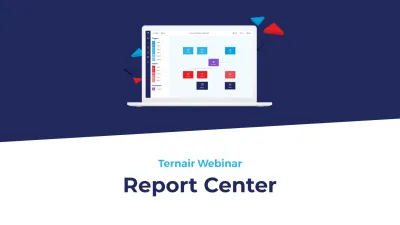As a marketer, reaching new customers to drive sales is a challenge. But focusing on new customers is not the only way. How do you shape marketing to existing customers? And how do you get the necessary opt-in?
The ideal target group
The current customer is often undervalued as a target group. While this group is actually very attractive, or even eager to hear more from you. Customers are the lifeline of the organization. It is the group 'you do it for' and they almost automatically fall under the heading 'right proprietary audience'. There is already a relationship and a basis of trust. Enough reason to pay extra attention to this group, but this requires permission in many direct marketing channels.
Upgrade a one-time sale to connected customer
The permission to interact directly (one-on-one) gives companies the opportunity to learn more about their customers, customer preferences and behavior. As a result, you're able to provide better service, communicate in a more targeted way and gain new insights.A perfect one-to-one marketing strategy still seems like a bridge too far for many brands, but asking for an opt-in enables effective tactics. You can assume that customers are a good audience for messages about upgrades, after-sales and new product introductions. Doing customer satisfaction surveys also suddenly becomes a lot easier. Add to that the fact that you are laying the groundwork for an evolution toward mature marketing automation in the future.
Benefits of the purchase as a contact moment
Requiring permission to stay in touch with customers can be done right in the buying process. Thus, a one-time purchase leads to being able to stay in contact with the customer. The customer thus becomes a connected customer. There are three major advantages of customer-opt-in during the purchase process:
The mechanics for boosting quality traffic are often already in place. So you don't have to incur a separate cost to generate this traffic.
If they've had a good experience, current customers are more likely to buy from you more often.
You can identify them directly as current customers in the marketing database, recording what they bought. A breath of fresh air, because unlocking this data is not yet a given at every organization.
We like to talk about data as the new gold and even in terms like big data (the inflated version of it). However, we suggest making the most important word customer lifetime value. And that value does not come exclusively from direct purchases.





